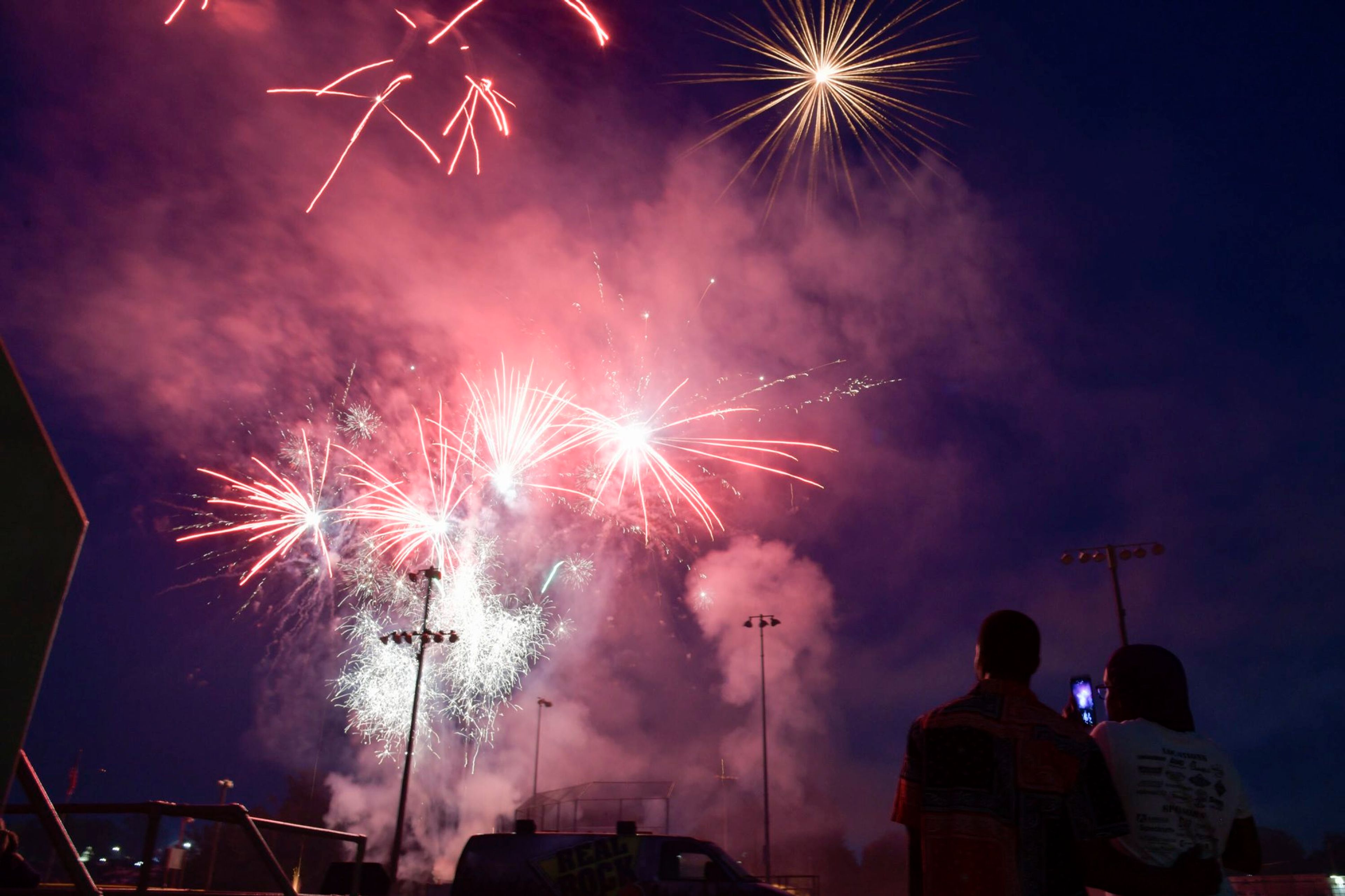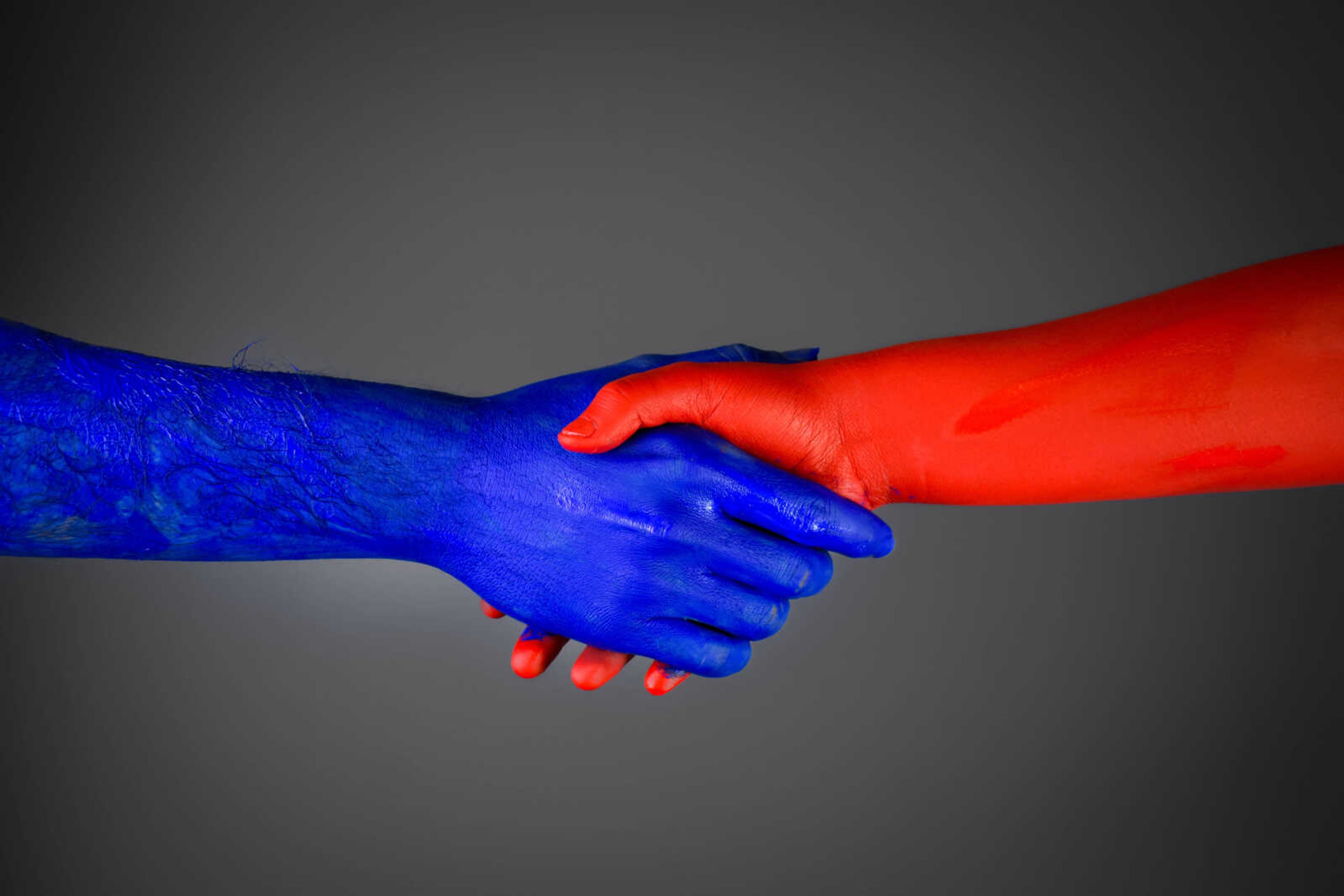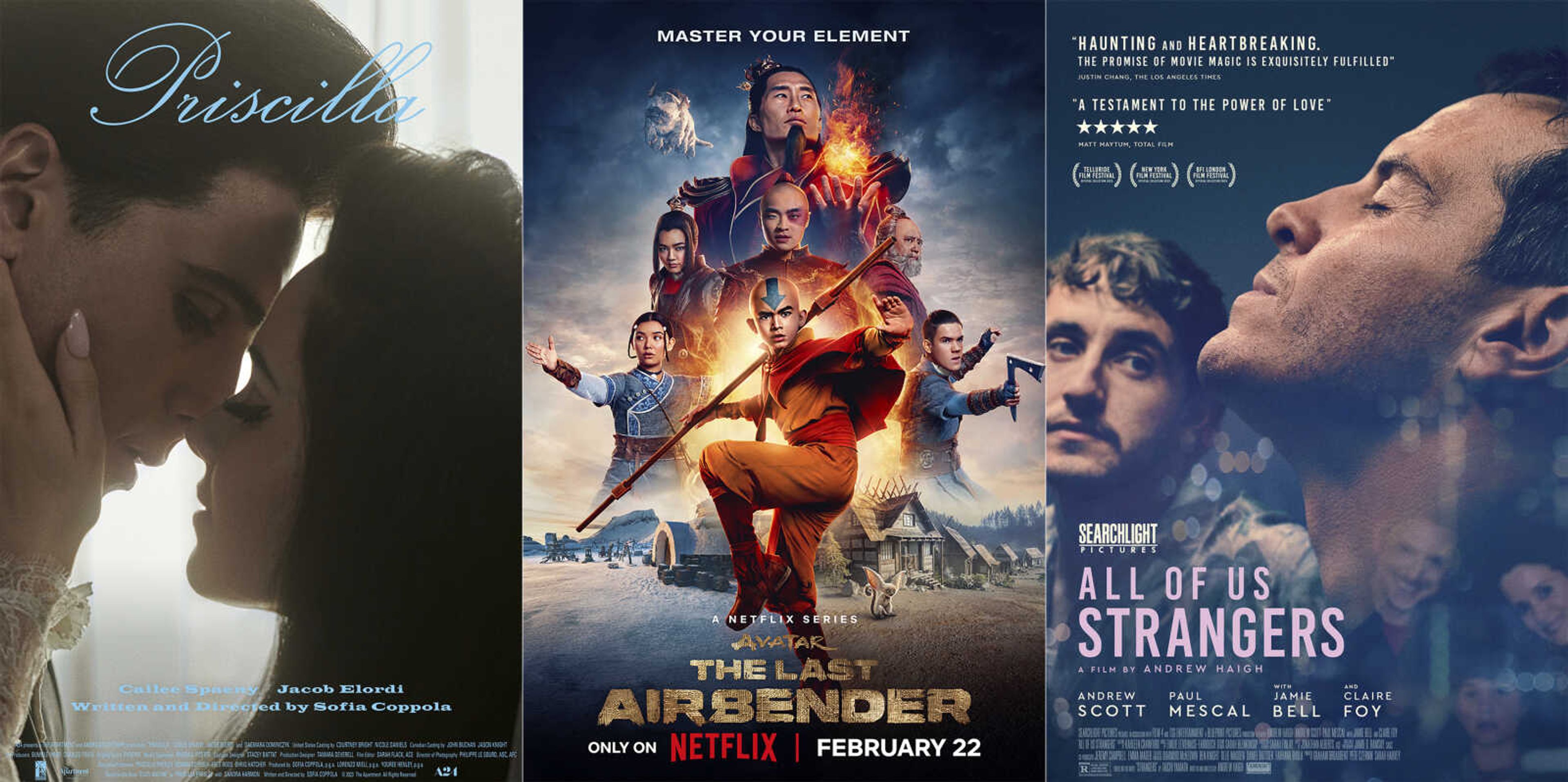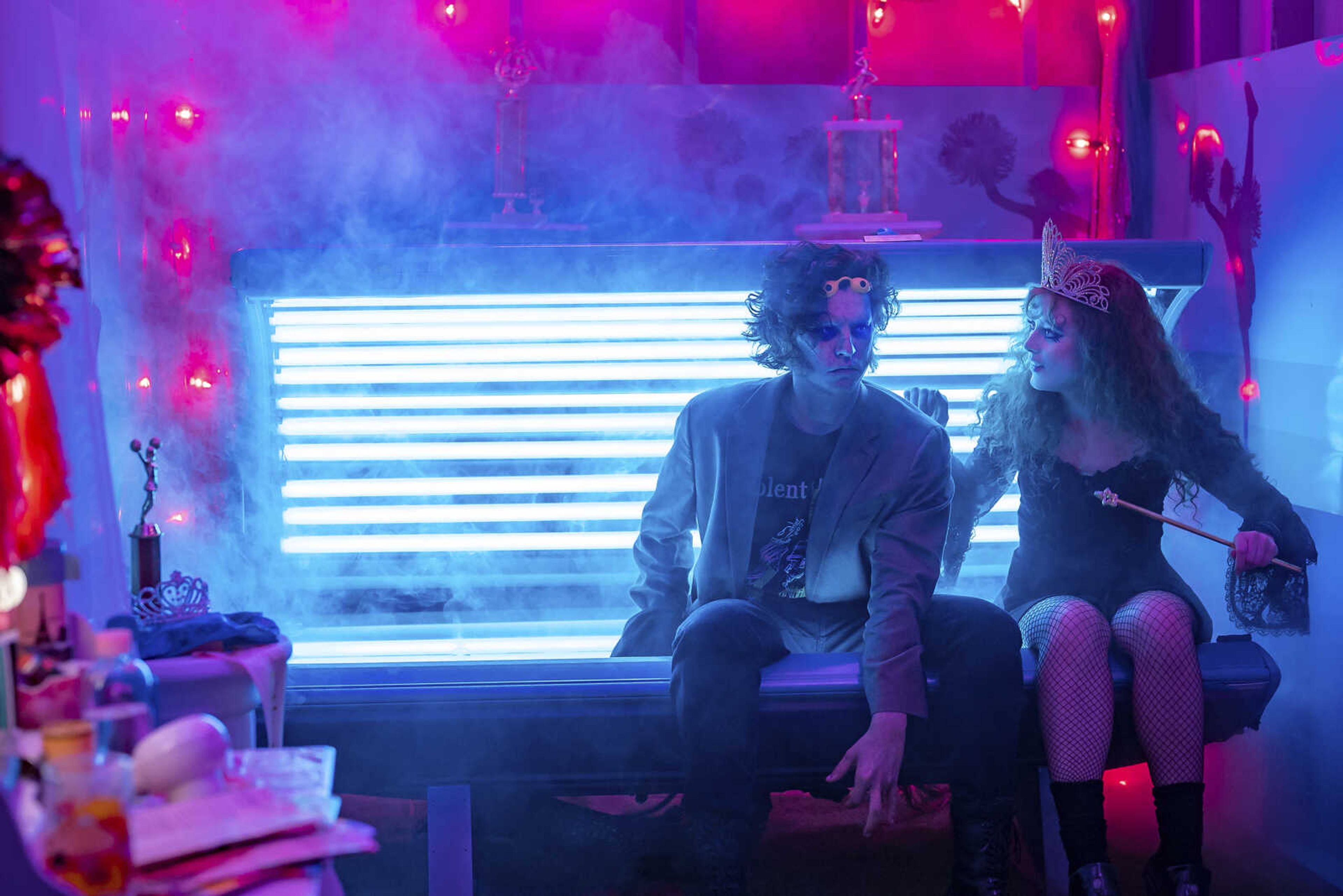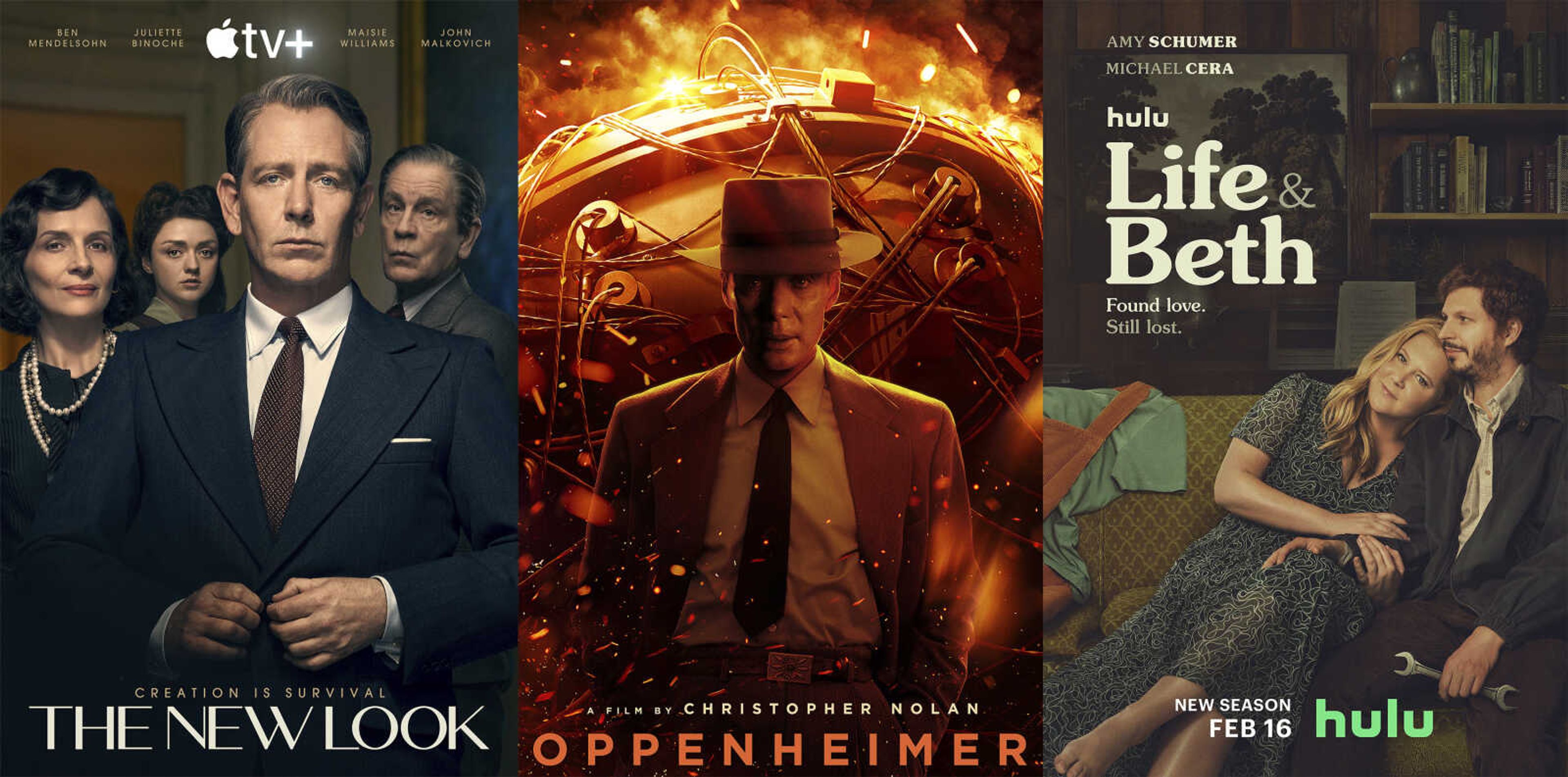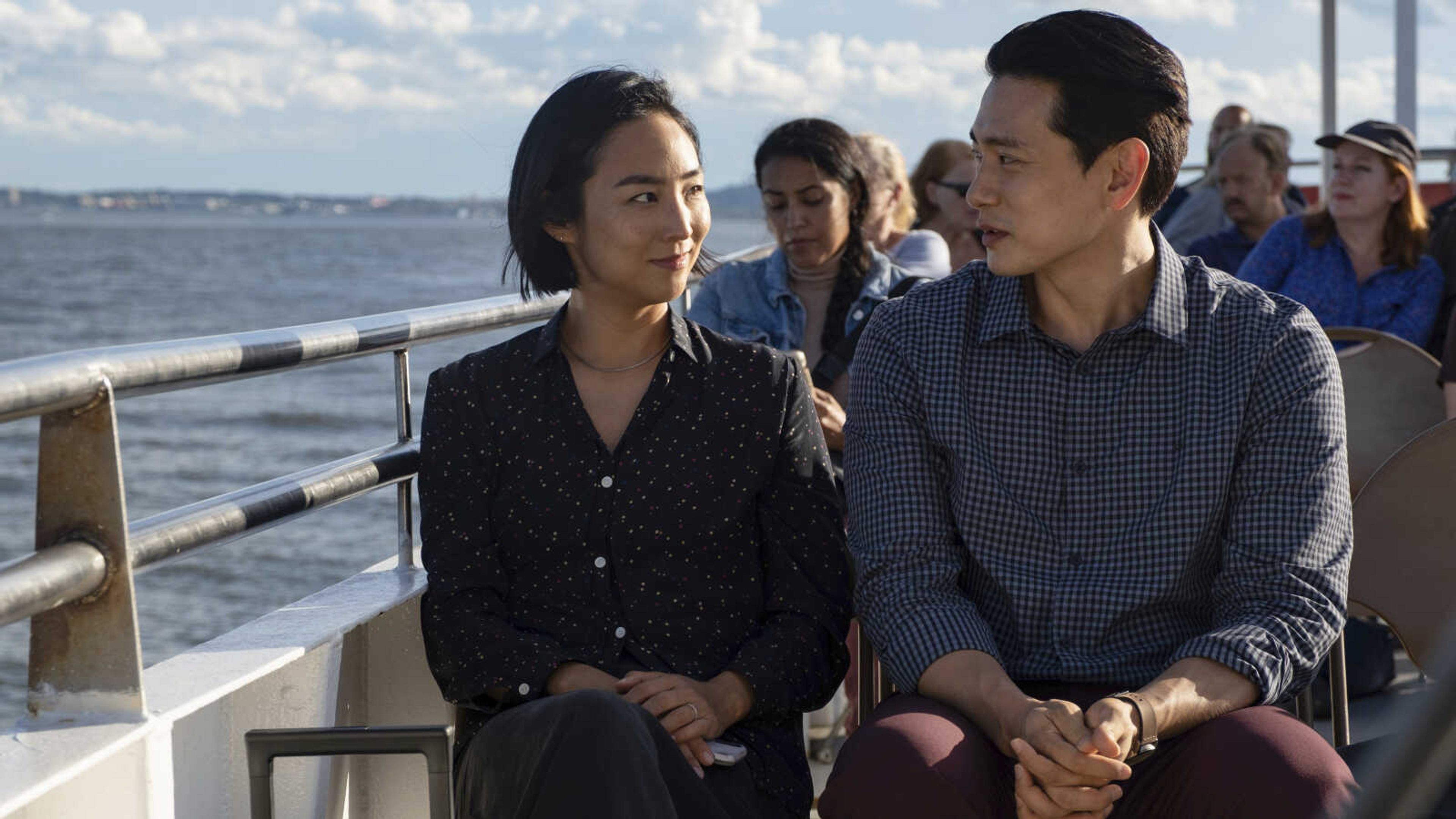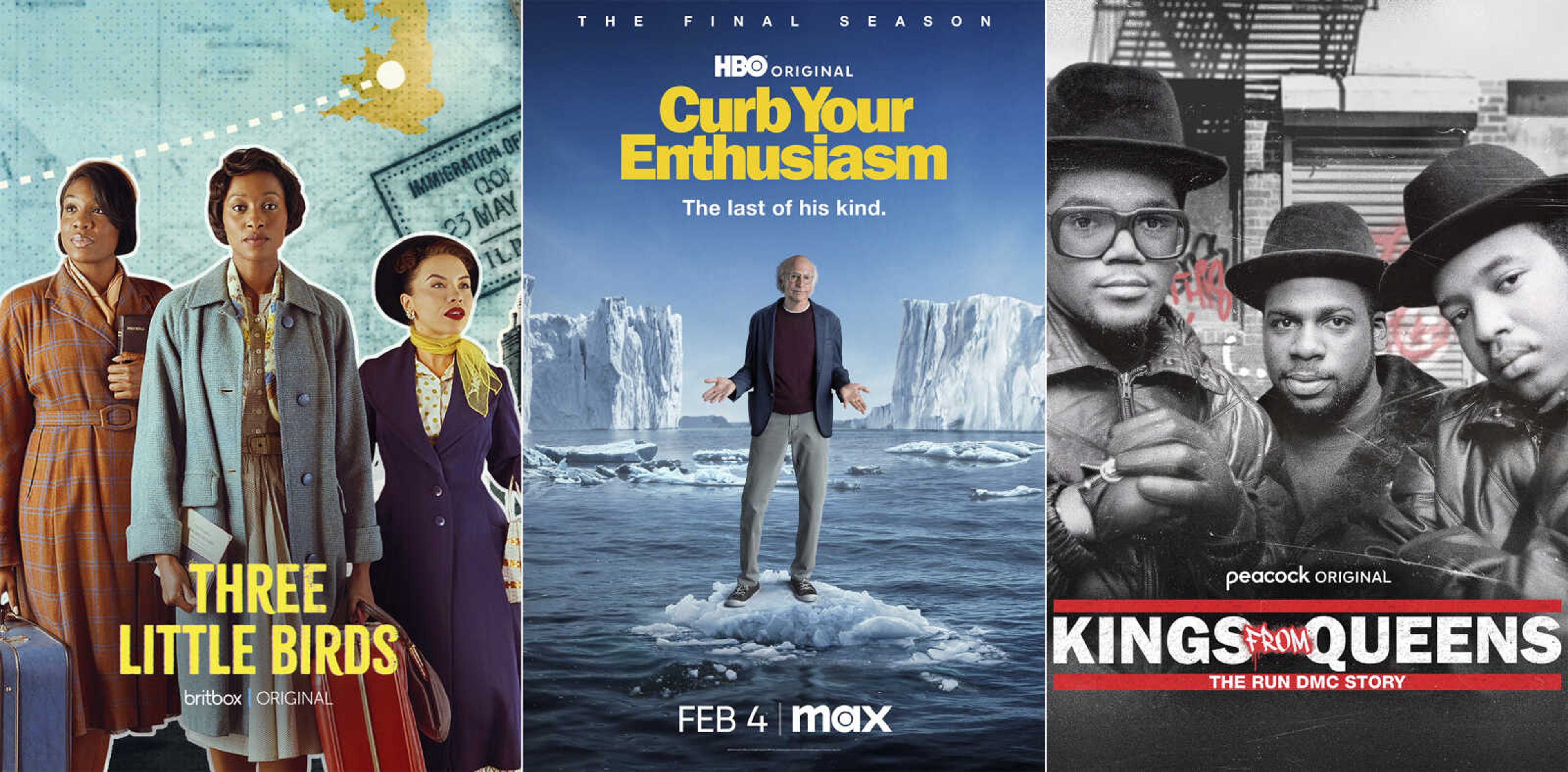'Dead' head: George Romero brings his zombie hordes back to life
LOS ANGELES -- George Romero lurches among us again, doing what he does best: Creating a combustible microcosm of society, then besieging it with zombies who just can't get enough of tasty human flesh. The director, whose 1968 chiller "Night of the Living Dead" established an entire horror subgenre, is back with "George Romero's Land of the Dead," a tale of survivors coping with legions of walking corpses outside their walled city...
LOS ANGELES -- George Romero lurches among us again, doing what he does best: Creating a combustible microcosm of society, then besieging it with zombies who just can't get enough of tasty human flesh.
The director, whose 1968 chiller "Night of the Living Dead" established an entire horror subgenre, is back with "George Romero's Land of the Dead," a tale of survivors coping with legions of walking corpses outside their walled city.
It's zombie king Romero's first big film in 12 years, following a cinematic exile when he and producing colleague Peter Grunwald were unable to get their projects off the ground.
"I missed the '90s," Romero, 65, said. "My partner and I were in development hell for about eight years and never got anything done."
Along with 1978's "Dawn of the Dead" and 1985's "Day of the Dead," Romero's films include the '70s cult flicks "Martin" and "Season of the Witch" and bigger studio fare such as 1982's horror anthology "Creepshow" and 1993's "The Dark Half," both in collaboration with Stephen King.
But zombies have been his calling card. Countless imitators have adhered to the rules Romero laid down. The creatures move slowly and stiffly, as if struggling with rigor mortis. They hunger for living human flesh. If bitten, a person inevitably dies and comes back as a zombie. And the only way to kill a zombie is to shoot it in the head.
"There were zombie films prior to George, but he pretty much invented the cannibalistic aspect," said Edgar Wright, director and co-writer of the affectionate Romero homage "Shaun of the Dead." "What we now think of as zombies really are Romero zombies."
For all the larger-than-life terrors such as Dracula, the Wolfman and Frankenstein's monster, Romero's zombies arguably are the most frightening because they're just plain folks, albeit decomposing ones.
"Land of the Dead" features a zombie in a cheerleader outfit. Three zombies holding musical instruments hang out on a bandstand, one brainlessly tooting its tuba. Another zombie in a gas station attendant's outfit has a vestigial desire to pump fuel for vehicles that will never arrive.
"It's the neighbors, man," Romero said. "That's the scariest thing in life, the neighbors. Who am I going to move in next to?
"I don't think metaphysically about this. It's not about death or an afterlife or anything like that. This is a new situation, it's a change. A new species that just happens to be related to us."
After "The Dark Half," film after film fell through for Romero. The only movie he had managed to make was 2000's low-budget thriller "Bruiser," which virtually no one saw.
The recent onslaught of zombie copycats -- including the "Resident Evil" flicks, "28 Days Later" and a remake of Romero's "Dawn of the Dead" -- made the time ripe for the creator himself to resurrect his franchise.
"Land of the Dead" stars Simon Baker, John Leguizamo, Dennis Hopper and Asia Argento.
Like Romero's previous zombie tales, "Land of the Dead" offers gore galore yet transcends the blood-and-guts genre with heavy doses of satire and social commentary.
"It's a very clever thing to use horror as a metaphor, and George does that very well, like dealing with people's fears and insecurities amid the blood and gore," said Simon Pegg, star and co-writer of "Shaun of the Dead," about two London slackers bumbling their way through a zombie invasion. "He manages to combine the visceral and the splatter with real brains."
Pegg and "Shaun" director Wright had cameo roles in "Land of the Dead" as zombies at a photo booth.
The new movie is the most expansive of Romero's zombie tales and features his biggest cast yet, both living and dead. When it comes to directing his zombie players, Romero continues to take a hands-off approach.
"George is a great believer of not giving you too much direction when you turn into a zombie, because he wants you to find your inner zombie," co-star Leguizamo said. "He wants you to really find your own tics and mannerisms ... So everybody's not doing the same thing."
Each film has been a product of its times.
After an early career in commercials and industrial films, Romero shot "Night of the Living Dead" in stark black and white with a documentary style that fit the naturalism overtaking American cinema in the 1960s. The tale of bickering people trapped in a farmhouse surrounded by hungry zombies reflected the decade's social unrest.
"Collapse of the family unit, lack of communication, people not being able to get it together. 'Should we stay upstairs or go down to the basement?' Instead of trying to really sort of pull together and address the problem," Romero said. "Just missed opportunities. The '60s in a nutshell."
"Dawn of the Dead" was a perversely funny condemnation of mall culture, featuring survivors who take refuge against zombies in a shopping center. When zombies manage to get inside, they passively ride escalators and mindlessly window shop for savory morsels -- essentially, the same thing they did while living.
"'Dawn of the Dead' is bawdy. It's this comic book, and it's in your face with the criticism of consumerism," Romero said. "It was the beginning of logo shirts and murder for Nikes. It was that period in time."
"Day of the Dead" reflects the cold opportunism of the 1980s, centering on scientists and military officers performing experiments on zombies in a bunker, where humans begin devolving amid the new world order of the undead.
"Land of the Dead" is a have and have-not story -- timely, given the current focus on the chasm among classes in the United States. An elite few live the good life in a skyscraper while the masses suffer in squalor. Mercenaries scour the suburbs, gunning down zombies and foraging for groceries for the urban privileged.
The wealthy use fear of zombies to control the living population, an angle Romero uses to comment on the post-Sept. 11, 2001, world.
"Since 9-11, a fear came into it, and people have capitalized on how productive fear can be as a device," co-star Baker said.
Romero doubts he ever will do a movie resolving his zombie-vs.-human scenario but he thinks his films have been moving toward some degree of peaceful co-existence between the living and dead.
"When you think about how do you solve this problem, there has to be some degree of that," Romero said. "But the zombies also have to cooperate with that. I think one of the things is, they have to learn to eat something else."
Connect with the Southeast Missourian Newsroom:
For corrections to this story or other insights for the editor, click here. To submit a letter to the editor, click here. To learn about the Southeast Missourian’s AI Policy, click here.



